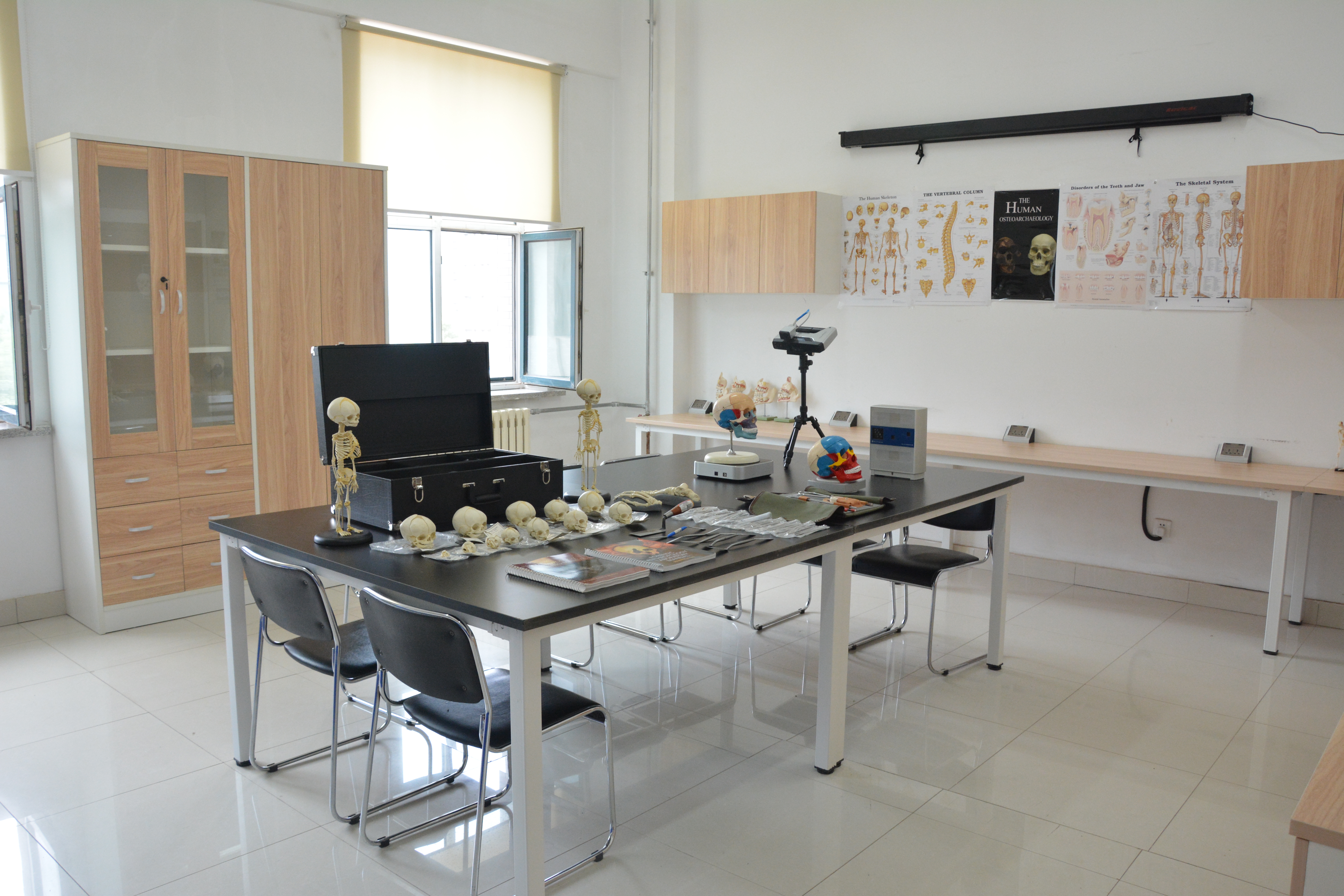The construction of the Physical Anthropology Laboratory of Jilin University began in the mid-1980s. The laboratory has done a lot of work in the study of ancient Chinese human remains, and has also carried out a number of academic exchanges and cooperative research with many universities and research institutes at home and abroad.
In recent years, researchers in the laboratory have undertaken research work on many important topics and produced some iconic results. In particular, some unique insights on the ethnic issues of ancient peoples in frontier areas such as the Xiongnu, Donghu, Xianbei, and Khitan, the composition of the multi-sourced population of the Chinese nation, and the theoretical framework and methodology of Chinese ancient ethnography have received concern by domestic and foreign academic circles. In addition, a series of innovative results have been achieved in the research of paleopathology, dental anthropology, bone chemistry, and the application of computer virtual technology in the restoration of skull 3D portraits.
The collection of ancient human bones in the laboratory has continued to expand, reaching about 20,000 cases, including samples from many different regions, eras and ethnic groups from the Neolithic period to the Liao, Jin, and Yuan dynasties. These precious scientific specimens are not only important materials for research, but also aroused high interest and attention of fellow scholars at home and abroad.
In recent years, the laboratory has received many visits from fellow institutions such as the Chinese Academy of Sciences, the Chinese Academy of Social Sciences, Peking University, as well as scholars from the United States, Japan, Russia, Germany, the United Kingdom, Mongolia, Canada, Australia and other countries. Together they conducted academic studies on issues of common concern.
The Physical Anthropology Laboratory has become one of the most important bases for scientific research, talent training, information and academic exchanges in this field in China. It has become the cradle for the cultivation of high-level talents in physical anthropology in China. Its comprehensive strength in this field ranks the first in this country.
